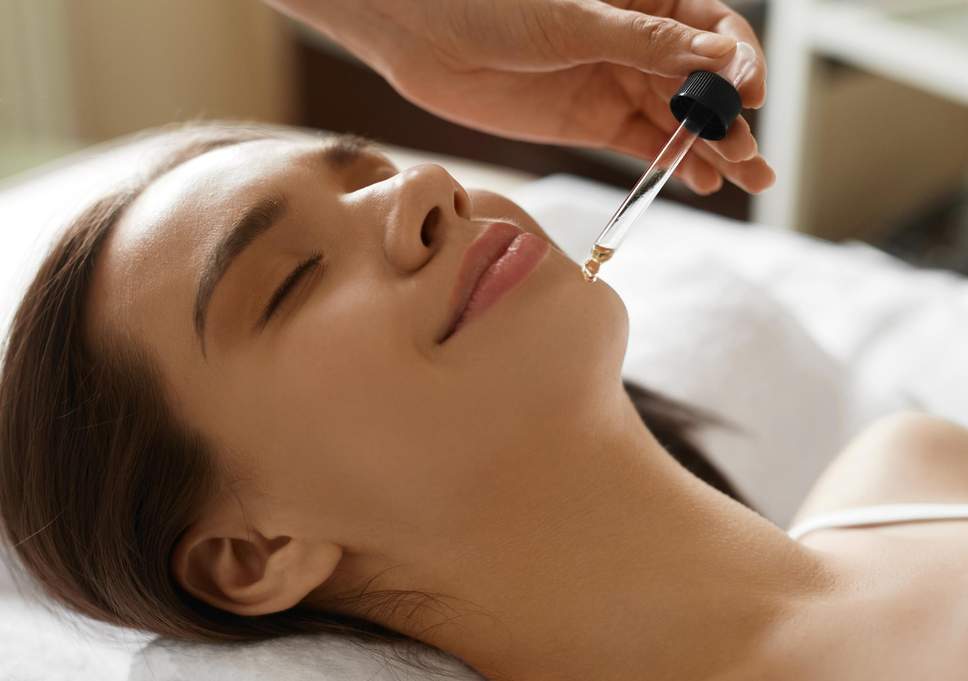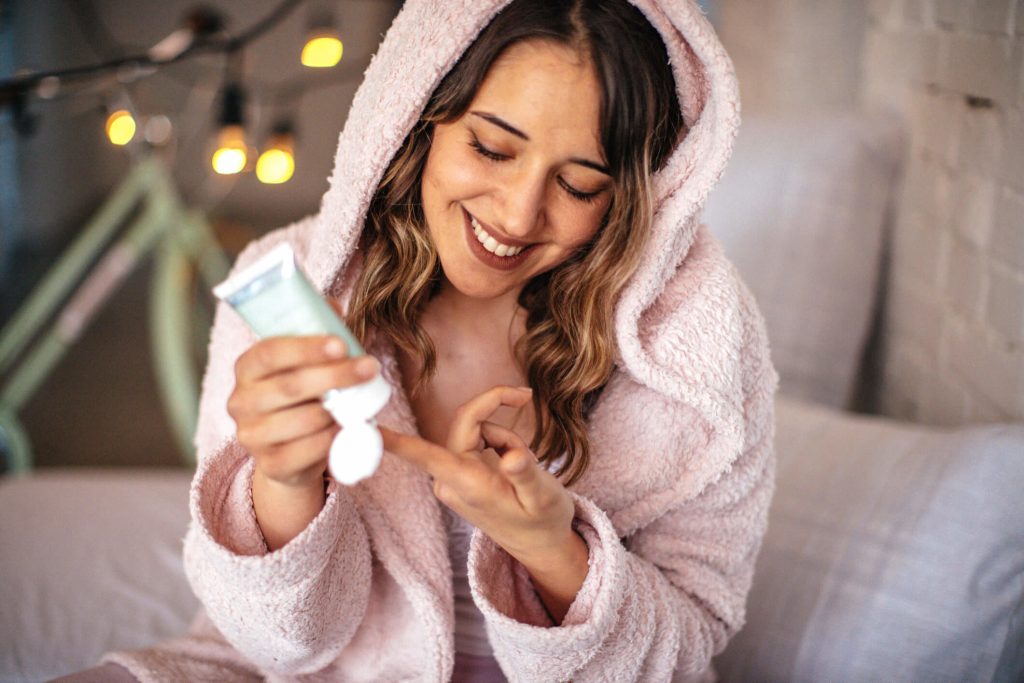Red light therapy is a natural way to potentially treat many health conditions, such as acne scars, skin care, pain, etc. However, if you lack knowledge about how the treatment works, you are in the right place. So, should I use a serum with red light therapy?
To clear any doubts, continue to read our article and discover all about this popular near-infrared or infrared light treatment. We have explained it all simply about whether you can use serums like vitamin C. You can also learn how to prepare your face for RTL at home, maybe for your skincare routine.
Let’s get started!
About Red Light Therapy
Red light therapy is a light treatment during which doctors or dermatologists use a red light laser to penetrate the skin from eight to 10 millimeters. This is done to reach deep into the tissues, muscles, or even the bones and adequately treat the patient’s health condition.
It’s considered to be a generally safe process, and patients rarely may feel any side effects. This is because red light devices emit low wavelengths that may not hurt or burn the skin. However, some patients may experience temporary irritation or inflammation.
Furthermore, the main purpose of red light therapy is to give a biochemical effect. This way, the cells might rejuvenate and become more efficient in repairing any damage. Thanks to this treatment, the cells might produce more energy and improve your general health.
Red light therapy is mainly used for treating different types of skin conditions such as scars, wrinkles, rosacea, and psoriasis. Also, it might be an ideal anti-aging solution, and it is a non-invasive treatment.
Should I Use a Serum With Red Light Therapy?
Serums are popular products that many people combine with their red light face masks when doing a treatment at home. However, you must remember that the red light wavelengths act independently. Therefore, serums are not mandatory since they won’t affect the results of RTL.
So, using a serum with red light therapy is a decision that depends solely on you. The best choice is vitamin C or retinol serum if you want to use an additional product along with your red light therapy. However, serums are not recommended with red light therapy.
It’s also not recommended to use a product with sunscreen ingredients. You can learn more about how sunscreen can block red light therapy.
Vitamin C serum
Vitamin C serum offers similar possible benefits as the red light therapy itself. Therefore, it’s a product that might perfectly complement the treatment. To better explain this, you should know that vitamin C serum might stimulate collagen production.
In addition, collagen is a major component of your skin. Also, it’s responsible for strengthening the skin and making it more elastic. Furthermore, this serum might help correct dark spots from acne or sun damage.
Besides brightening the skin, vitamin C serum might also hydrate the skin. So, vitamin C with red light wavelengths might make a great combination to make the skin look younger and fresher. You may apply it after the therapy session.

Source: hannahspa.com.au
Retinol serum
If you aim to reduce wrinkles, you may use retinol serum with red light therapy. Retinol is another name for vitamin A. It’s trendy in the beauty industry because it might efficiently reduce fine lines.
Retinol serum might improve blood circulation and facial texture as well as add a more natural and rich color to your face. Also, retinol might soften sunspots and stimulate collagen production.
Moreover, this type of serum might also help unclog pores. You must know not to apply retinol after RLT. Wait at least ten minutes, and then you can freely use the product.
Dermatologists usually recommend using retinol before going to bed. Therefore, if you plan on combining it with red light therapy, it should be a part of your night routine. However, you mustn’t use the red light device more than once per week.

How to Prepare Your Face for RTL
Since using a serum with red light therapy won’t puzzle you anymore, it’s good to learn a few additional pieces of advice about RTL. This includes how to better prepare your face before doing the treatment.
Firstly, your face must be clean when treating the face with a red light device. No makeup is allowed, not even simple lipgloss or mascara. Start by cleaning the face deeply and gently. For that matter, you can use deep cleansing tonics.
Secondly, take a dry towel and pat your skin. Next, you can freely use the red light device you chose for your at-home treatment. After you finish, you must wait five to 10 minutes; then, you can apply the serum.
After you have applied the chosen serum, it’s also recommendable to apply moisturizer on your face. If you are doing the treatment as part of your morning routine, you must apply sunscreen before going outside.
Equally important, you also mustn’t wear contact lenses. Additionally, if you have had eye problems in the past or are currently facing one, you should consult with an eye specialist before doing RTL.
Related: Do You Need Lotion for Red Light Therapy?
Conclusion
Red light therapy is one of the most popular light treatments. It’s non-invasive, and you can easily do it at home. For that matter, you will need a red light device most suitable for the health issue you are treating.
Red light face masks might be an excellent choice for improving facial texture. They might help you reduce wrinkles and improve the appearance of sunspots, acne, etc.
So, should I use a serum with red light therapy? If you are still wondering, you may use serums too, but that depends only on you. However, it is recommended not to use it during therapy but after it some time.
The possible health benefits of red light therapy included in this article may not apply to all. If you are thinking of doing red light therapy or have a more serious skin condition, you must consult your doctor or dermatologist first.

Hello! I’m Nicky Rodgers.
Almost a decade ago, I got excited about the idea of employing alternative methods like red light therapy to create a healthier life.
To learn more about it, I did my Certified Light Therapist course from Photonic Therapy Institute and started looking into the intricacies of how light therapy influences several bodily processes. Before I knew it, my interest had become an obsession which resulted in this extensive blog.
Here, I offer countless well-researched articles to help you understand the benefits and uses of light therapy. I hope this information gives you a head start in your wellness journey.
